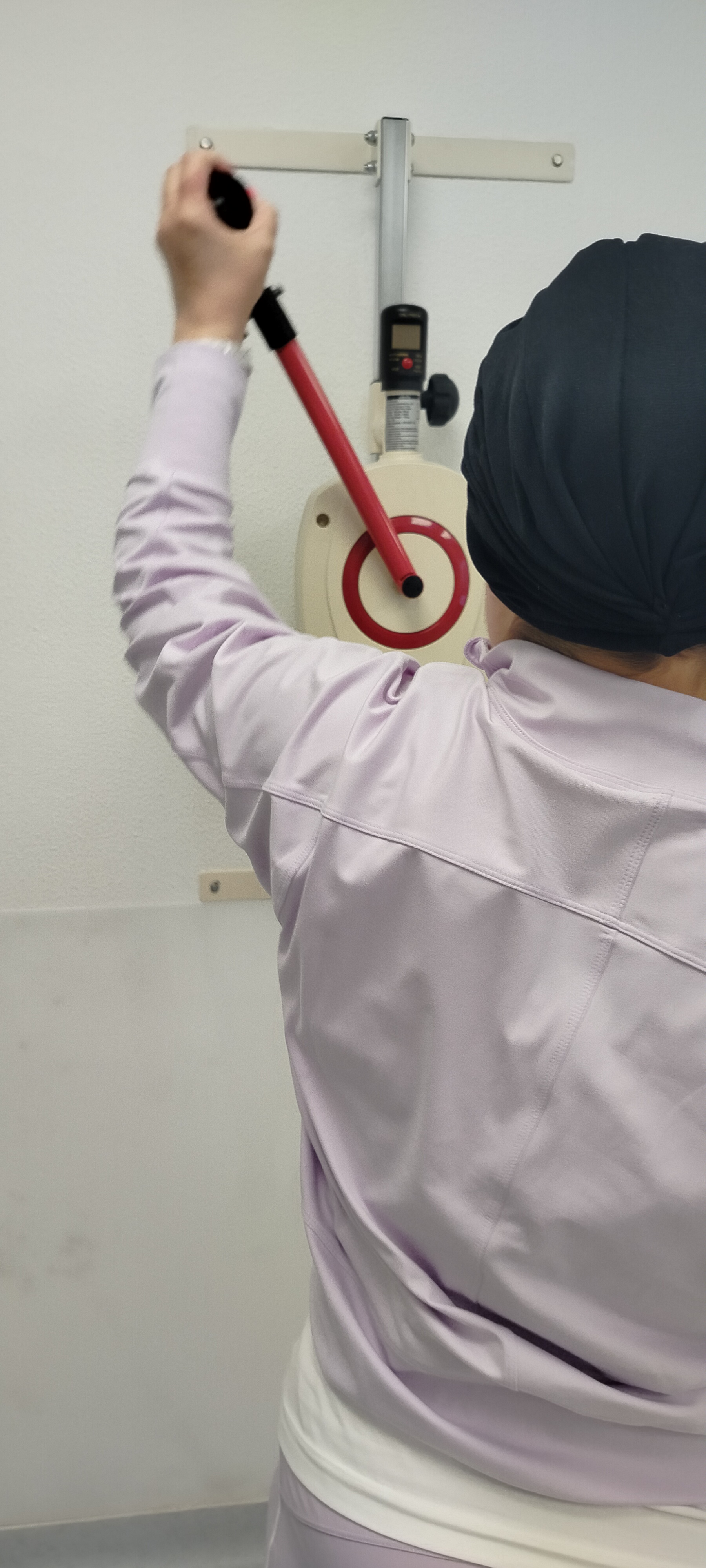
Cancer rehabilitation is a specialized area of physical therapy. As a supportive care, it aimes at addressing the physical, functional, and psychological challenges faced by people living with and beyond cancer treatment. Its primary goals are to optimize physical functioning, alleviate treatment-related side effects, and improve overall quality of life.
Cancer rehabilitation is an integral part of teh cancer treatment journey.
Therapists will help patients diagnosed with cancer to manage their musculoskeletal, neuromuscular, integumentary and cardiopulmonary rehabilitative needs.
Cancer rehabilitation’s goal is to manage acute side effects of treatments such as surgery, radiation therapy, chemotherapy, and immunotherapy as well as long-term secondary sequelae of treatments and palliative care.
Key benefits of cancer rehabilitation include:
- Managing Fatigue: Programs are designed to reduce cancer-related fatigue, a common and debilitating side effect, through tailored exercise programs of resistanceand aerobic training.
- Improving Mobility and Strength: Rehabilitation focuses on restoring muscle strength, joint flexibility, and overall mobility affected by treatment or inactivity.
- Pain Management: Non-pharmacological techniques such as manual therapy, therapeutic exercises, and physical therapy modalities help alleviate pain associated with surgery, radiation, or chemotherapy.
- Lymphedema Management: For patients experiencing lymphedema, specialized treatments such as manual lymph drainage, compression therapy, and exercises help reduce swelling and improve lymphatic flow.
- Neuropathy Relief: Programs address chemotherapy-induced peripheral neuropathy with interventions to improve sensation, balance, and coordination.
- Enhancing Cardiopulmonary Function: Rehabilitation incorporates aerobic and strength training to improve heart and lung health, which may be compromised due to cancer treatments.
